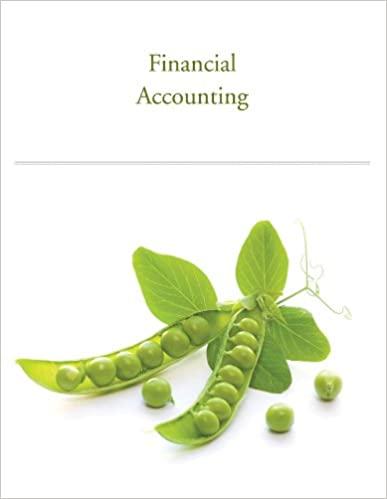Answered step by step
Verified Expert Solution
Question
1 Approved Answer
Should Superior lower as of January 1, 2006 its price of product 101 to $22.5? Why? Hint: what does Superiors contribution margin look like if
Should Superior lower as of January 1, 2006 its price of product 101 to $22.5? Why? Hint: what does Superiors contribution margin look like if the price is $24.5? What does Superiors contribution margin look like if lowering the price to $22.5? (Can you provide me with a step by step solution for this case in a cvp format?)





Step by Step Solution
There are 3 Steps involved in it
Step: 1

Get Instant Access to Expert-Tailored Solutions
See step-by-step solutions with expert insights and AI powered tools for academic success
Step: 2

Step: 3

Ace Your Homework with AI
Get the answers you need in no time with our AI-driven, step-by-step assistance
Get Started


